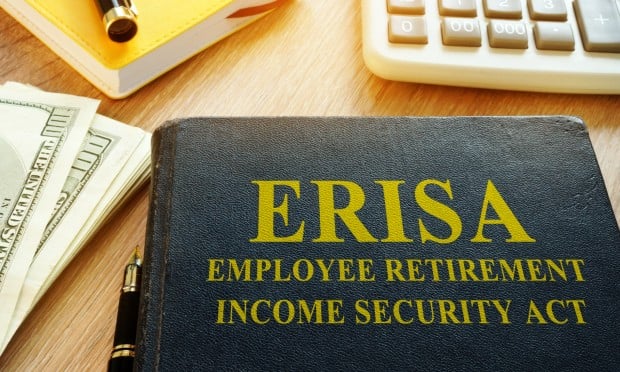 Vanguard's founder, John Bogle promoted the idea that index funds such as the Vanguard 500 can outperform most actively managed funds because they have lower management fees and trading costs.
Vanguard's founder, John Bogle promoted the idea that index funds such as the Vanguard 500 can outperform most actively managed funds because they have lower management fees and trading costs.
Here's what I think the mutual fund industry fears about retired Vanguard founder and CEO John Bogle: He's one of them. He knows where all the skeletons are hidden. And he's not afraid to reveal those hiding places.
Among the many surprising skeletons Bogle revealed in my recent conversation with him (see “Exclusive Interview with John Bogle: Industry 'Crying Out for Change'; says Fiduciary Rule 'a Turning Point',” FiduciaryNews.com, June 21, 2016) was his admission that, while he tried to make Vanguard a fiduciary business, it remains to this day a marketing business. In doing so, he exposes the ultimate fiduciary dilemma: The client isn't always right.
Before we get to that, though, let's explore the significance of Bogle's executive experience within the mutual fund industry. Remember, before Vanguard went “mutual,” it was a publicly held management company. Bogle led the transition away from serving the public company's shareholders towards serving the investment company's (i.e., mutual fund's) shareholders. In doing so, he rejected the parameters and benchmarks of public companies.
Continue Reading for Free
Register and gain access to:
- Breaking benefits news and analysis, on-site and via our newsletters and custom alerts
- Educational webcasts, white papers, and ebooks from industry thought leaders
- Critical converage of the property casualty insurance and financial advisory markets on our other ALM sites, PropertyCasualty360 and ThinkAdvisor
Already have an account? Sign In Now
© 2024 ALM Global, LLC, All Rights Reserved. Request academic re-use from www.copyright.com. All other uses, submit a request to [email protected]. For more information visit Asset & Logo Licensing.








